I’m a hospice nurse — here are 6 wild deathbed behaviors I’ve seen
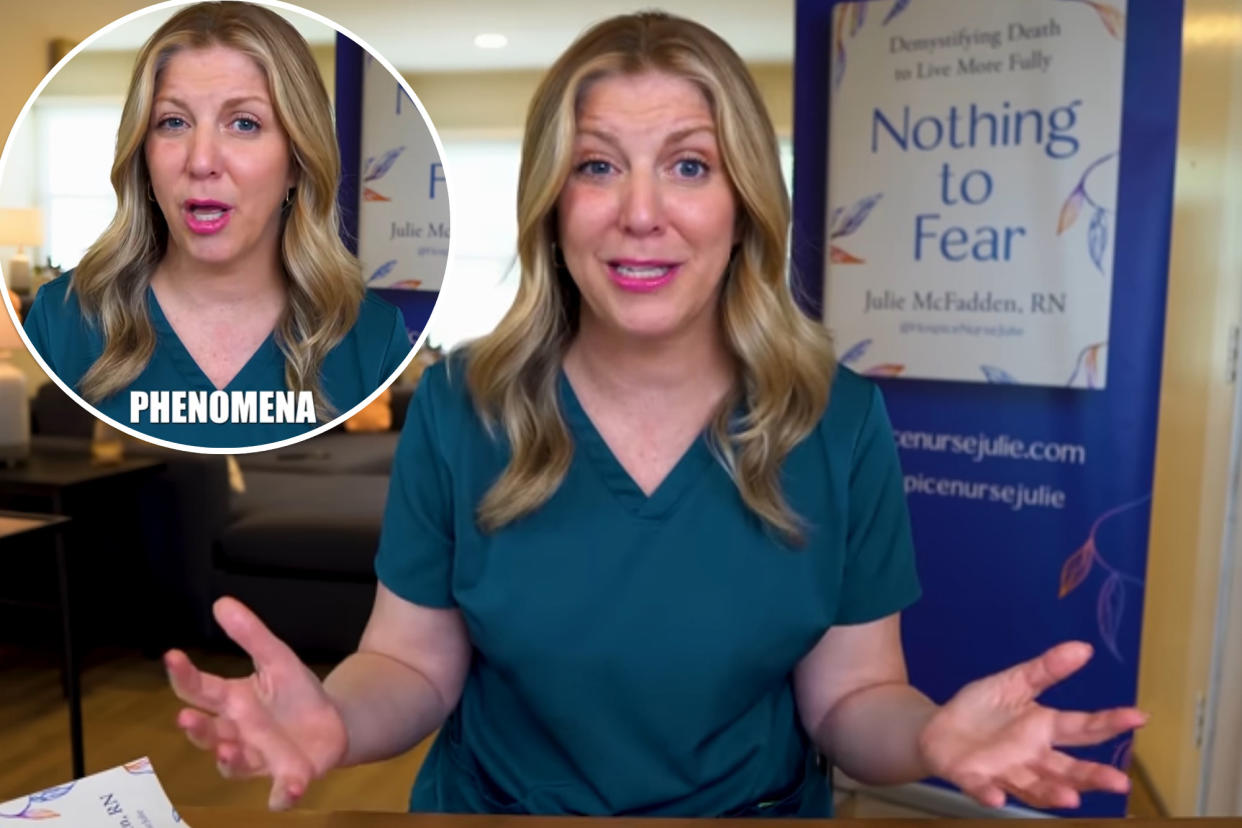
She’s dying to tell you about what she’s seen.
A 41-year-old hospice nurse named Julie McFadden from Los Angeles, California shared a video on YouTube talking about a few common behaviors she has observed in people on their deathbeds. Since being posted a day ago her video has nearly half a million views.
McFadden, who goes by Hospice Nurse Julie on several social media platforms, seeks to educate people about death and dying in her book on the topic, called “Nothing to Fear: Demystifying Death to Live More Fully,” which is now available for pre-order.
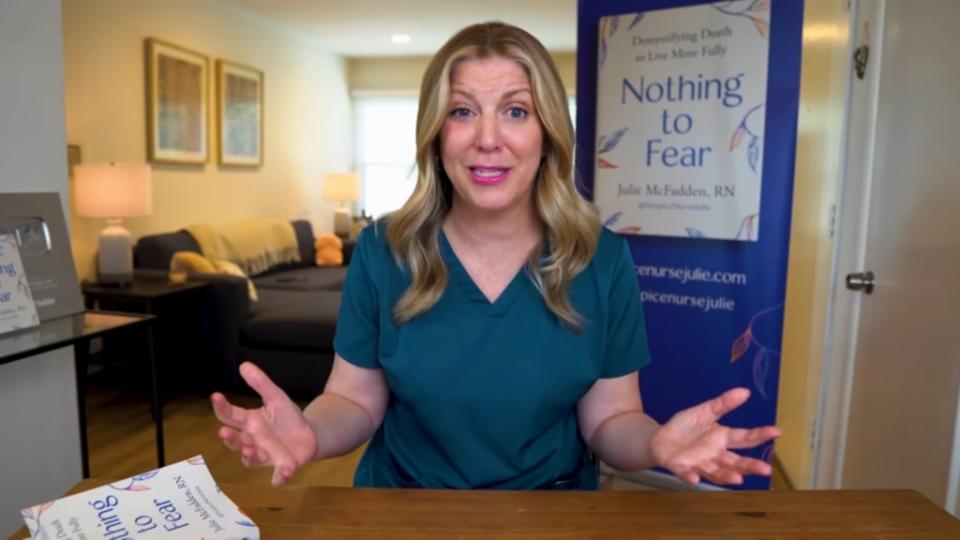
In her latest video, she details the following deathbed phenomena: terminal lucidity, visioning, choosing a time of death, the death reach and the death stare.
McFadden, who previously worked as an ICU nurse didn’t start noticing these behaviors until she worked in hospice care. She’s been educating people about these types of phenomena ever since.
Terminal lucidity
She said that shortly before death, people become lucid and experience a “burst of energy.”
“Just enjoy it and expect that maybe they will die soon after because that’s the kicker with terminal lucidity, it looks like someone’s going to die very soon then suddenly they have a burst of energy,” she said.
“They maybe have a really great day, they’re suddenly hungry, they’re suddenly able to walk, they’re suddenly very alert and oriented, and then shortly after usually a day or two they will die, so that can be the hard part if you’re not ready for it, if you don’t know what’s coming you can think they’re getting better and then they die, which can be very devastating,” she continued.
Visioning
She said that it’s common for people to hallucinate a few weeks before they die.
“Visioning is wild. I have seen so many people … have delirium, have hallucinations, ICU psychosis,” she explained.
Although, visioning before death is a “distinct” and different experience.
“It’s always comforting and the person’s usually … alert and oriented,” she said.
She said the people could be having a normal conversation with their living relatives while at the same time seeing their dead father standing in the corner smiling.
She said the best thing people can do to support their dying relative or friend who is visioning is to “just go with it.”
She said that it’s normal and nothing to worry about, however when people start visioning they are about a “month away from death.”
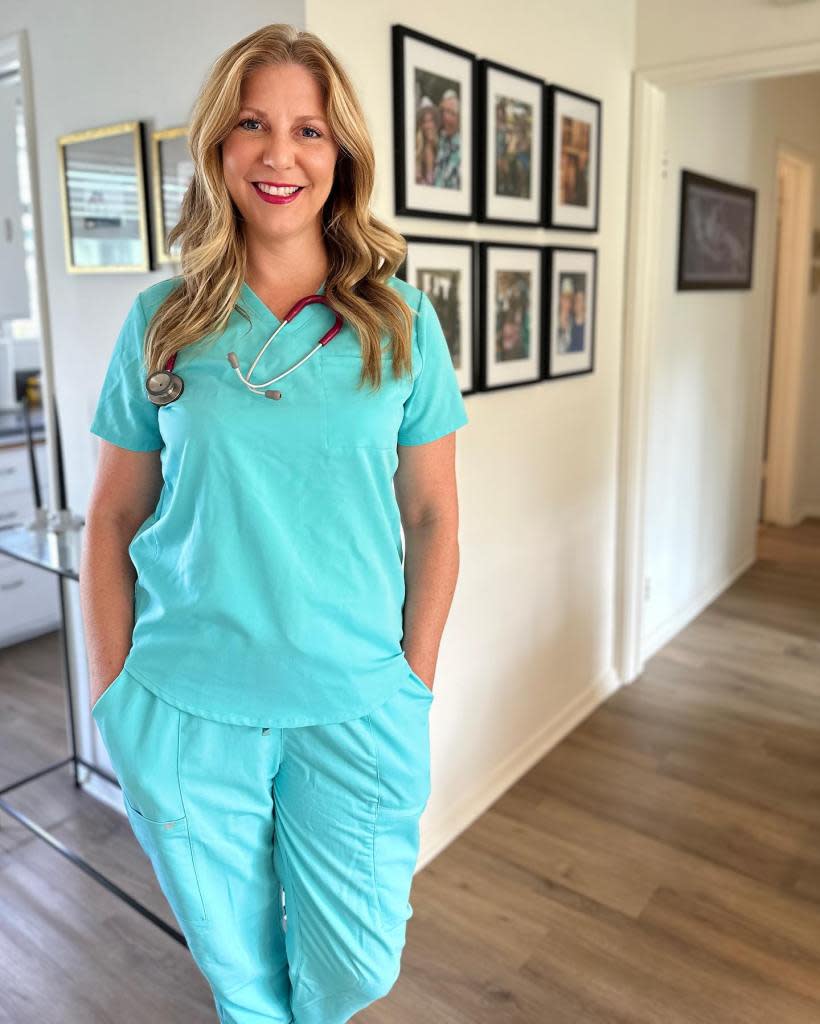
Choosing when to die
The hospice nurse said sometimes people accurately predict when they are going to pass away.
“This is really crazy — people choosing when they’re going to die. I have seen some extreme cases of this, people just saying, ‘Tonight’s when I’m going to die I know it, I can feel it,’ and they do,” she explained.
She said some people wait to be surrounded by family and friends to die. She said that generally, these people are the outgoing head of the family or “the matriarch of the family.”
Other times, people wait to die after their loved ones have left the room. These people typically have personalities that are more private and independent.
Finally, others wait until the passing of a milestone like a birthday or a wedding.
“They really are almost kept alive because they want too get to that date and then their body will finally let go,” she said.
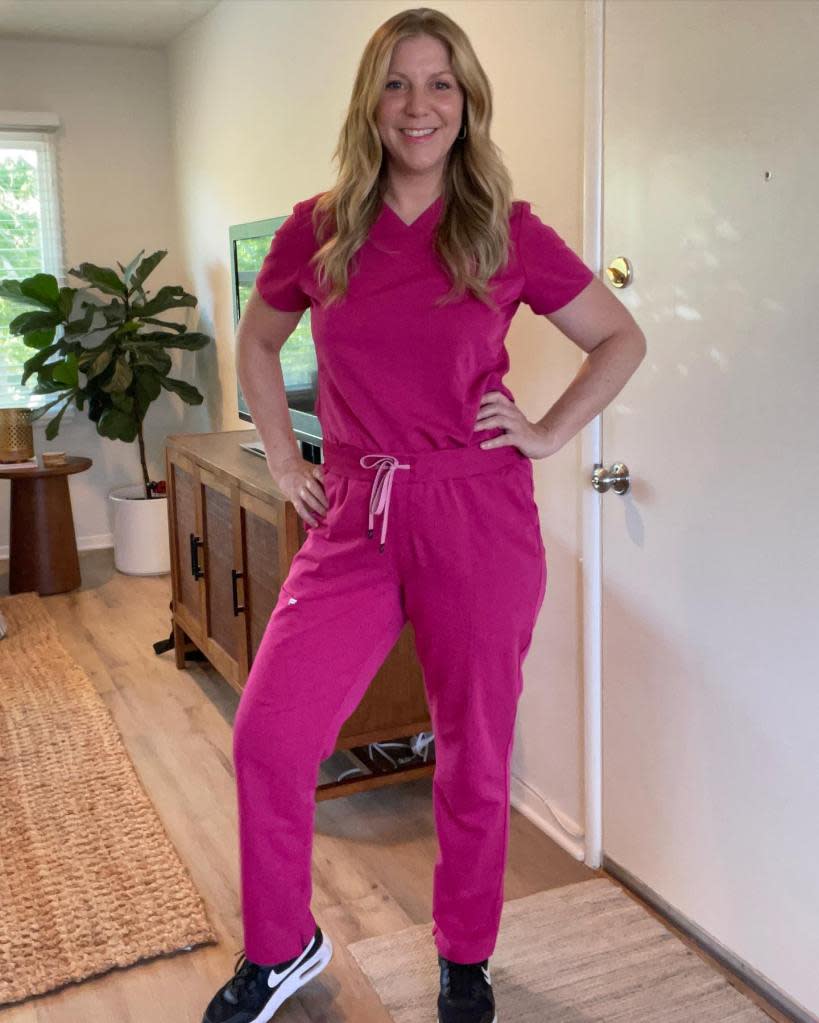
The death reach
She said this outstretched physical gesture can go along with other phenomena like visioning.
“It’s when the person’s lying in bed and they reach up in the air like they’re seeing someone or they’re reaching for someone either to hug them or to shake their hands. A lot of times they’ll hold their hands up for a long time,” she said.
She said as long as people exhibiting this behavior are comfortable, “let them do their thing.”
“It’s normal,” she added.
The death stare
McFadden said that the death stare and the death reach “go together a lot.”
“It usually looks like someone is staring off into the corner of the room or the side of the room basically looking at something intently, but if you’re snapping your finger in front of their face or trying to say their name to kind of snap them out of it, they won’t until they’re ready,” she said.
She said this behavior is “very very normal” and a lot of times people will have a smile on their faces.
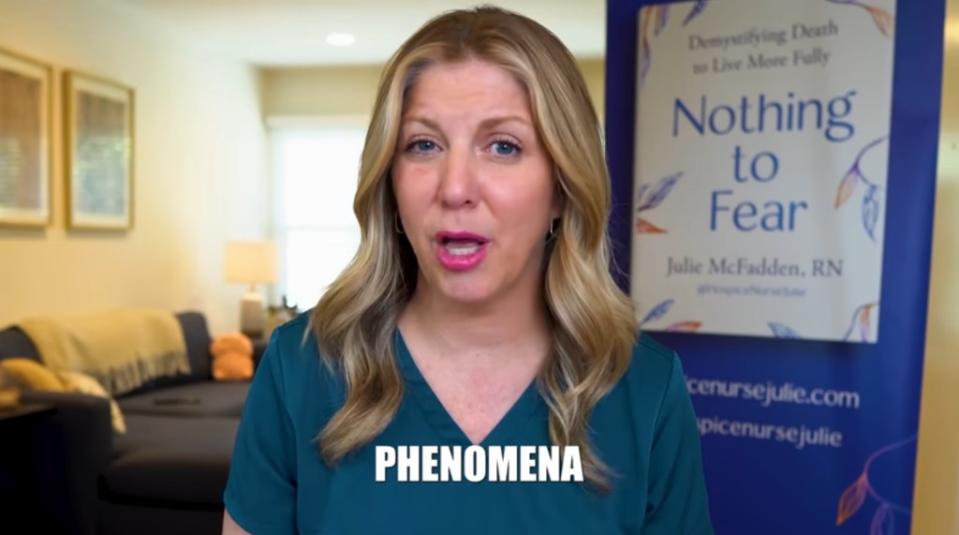
The shared death experience
McFadden said of all the items she’s listed, this is “the most impactful thing” that has ever happened to her.
“A shared death experience is when someone who is not dying feels or sees or understands what’s happening to the person who is dying,” she said.
“It’s kind of like the dying person gives you the sensation of what they’re going through. There may have been some times where that’s not a good thing, but from my experience and all the stories I’ve heard it’s usually a good feeling,” she added.
She said when she experienced it firsthand it was also a good feeling.
“It was like the person was giving me these feelings of freedom and joy and kind of telling me that they were okay and basically they couldn’t believe how amazing it was again,” she said.
“At the time, I was shocked, I didn’t know what was happening, but I’ve come to find out that that’s called a shared death experience,” she added.
The Post reached out to McFadden for additional comment.

